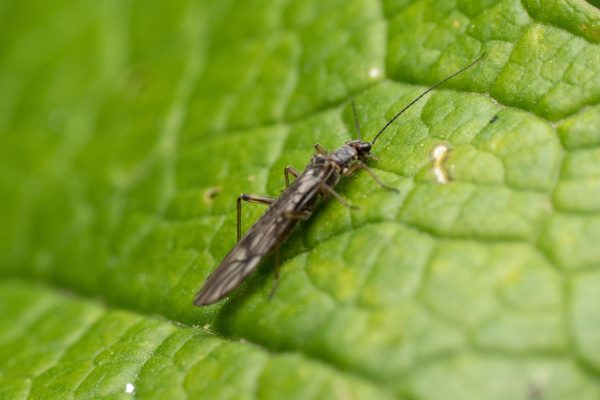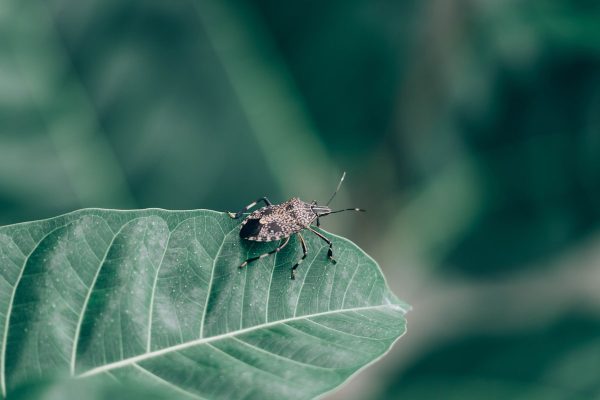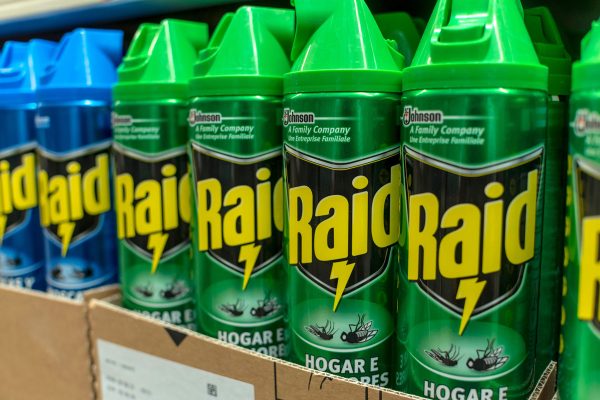Fungus gnat larvae are found in the soil. These pests will damage your plants until they die. If you're looking for an effective way how to get rid of them, you've come to the right page. We asked the pest experts and here's their recommendation.
It would take different approaches from cultural to chemical and biological controls to finally get rid of the fungus gnat infestation in your soil. You have to address the root cause of the problem and know how to treat fungus gnats in their various stages of development to effectively end their infestation in your soil.
Keep on reading to know more about these approaches and how to prevent fungus gnat infestation naturally. This article also answers what causes the infestation in your soil and if you should throw away the soil that's infected with this pest. Let's begin!
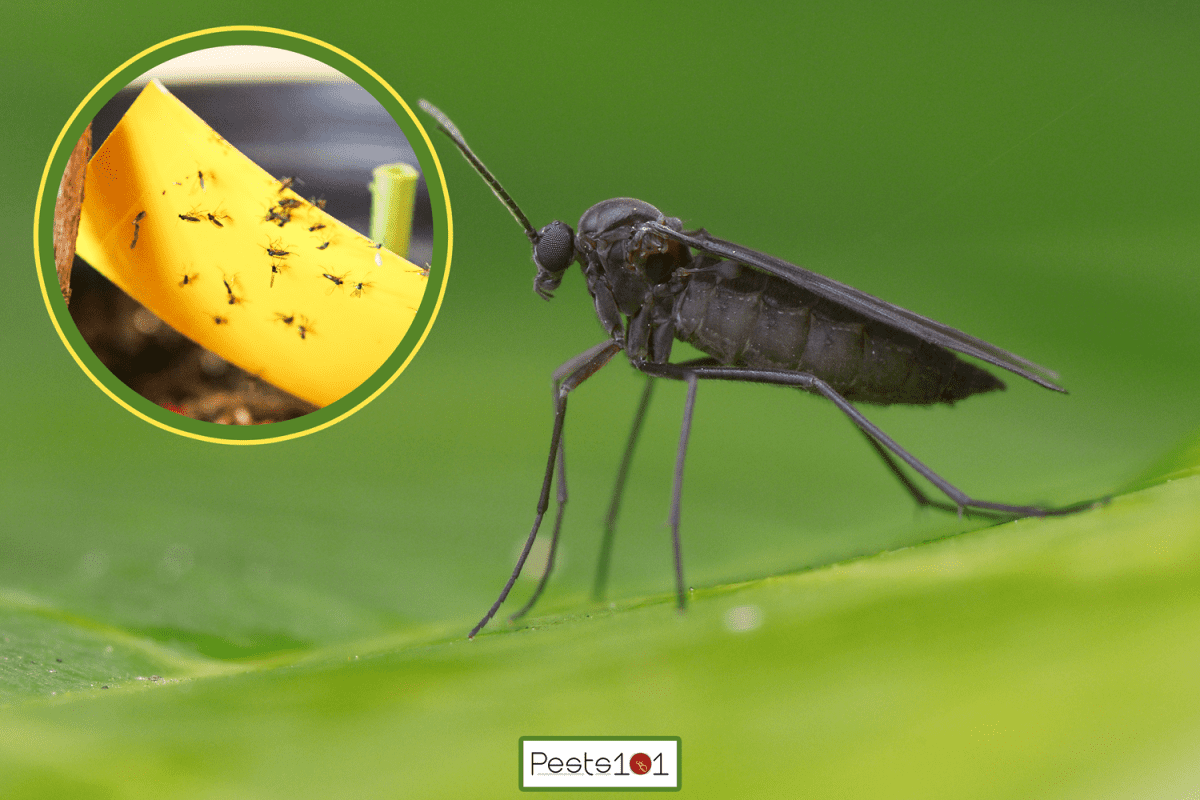
How do you kill fungus gnats in living soil?
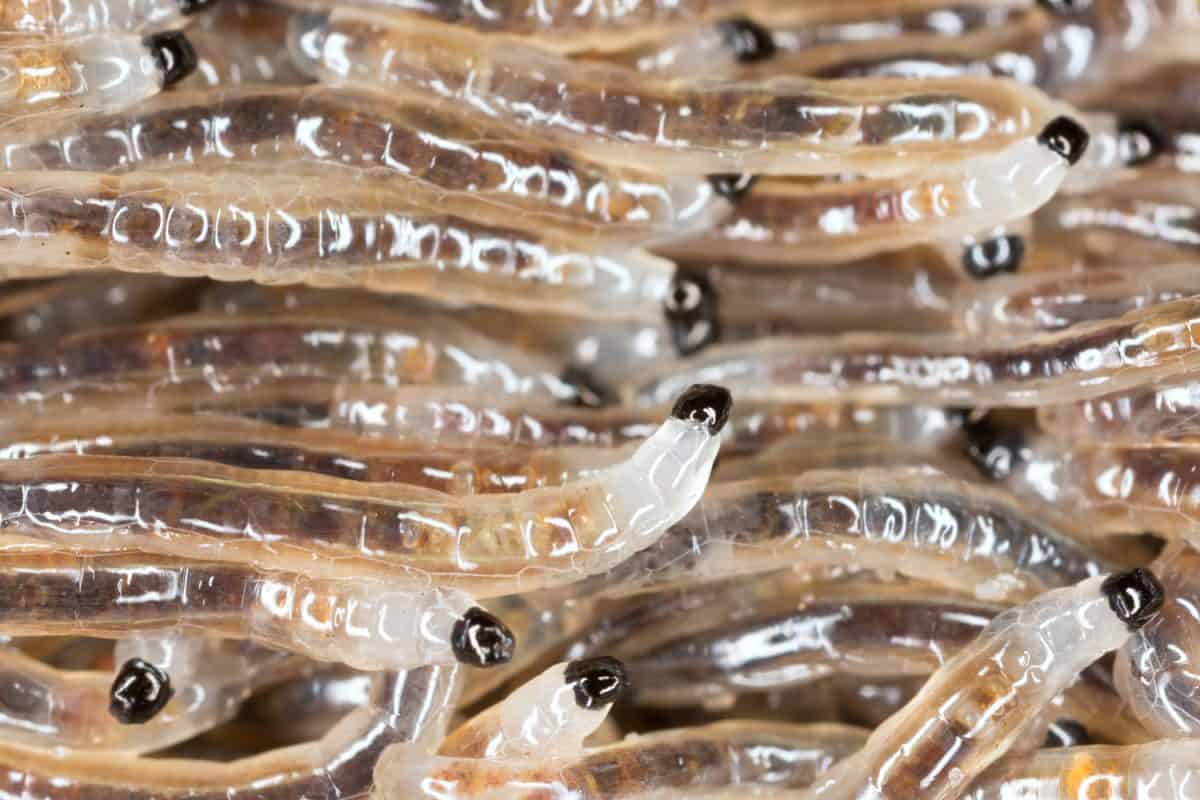
Fungus gnats are those little winged insects that you might have seen hovering over your precious plants. It is disgusting to see a huge number of insects on your greens, right?
But aside from that, they don't do any damage to your plants. They aren't also harmful to humans because they don't bite or carry any diseases. However, be warned because each adult fungus gnat can lay hundreds of eggs which will quickly hatch and turn into larvae in a matter of weeks.
These slender creatures with white or transparent bodies and shiny black heads are the ones who can kill your plants. Since they live on the soil, their main food sources are the roots and lower tissues of your beloved plants.
And because other parts of the plants aren't getting enough nutrition, they will be underdeveloped, turn yellow, wilt, and die.
With thousands of fungus gnat larvae feasting on the roots and lower portion of your greens, it is no wonder that your indoor plants would suffer.
This is why it is important to know how to get rid of fungus gnats in the soil so that you can revive whatever's left of your indoor garden.
Here are the things that you should do.
Getting Rid of Fungus Gnats in the Soil
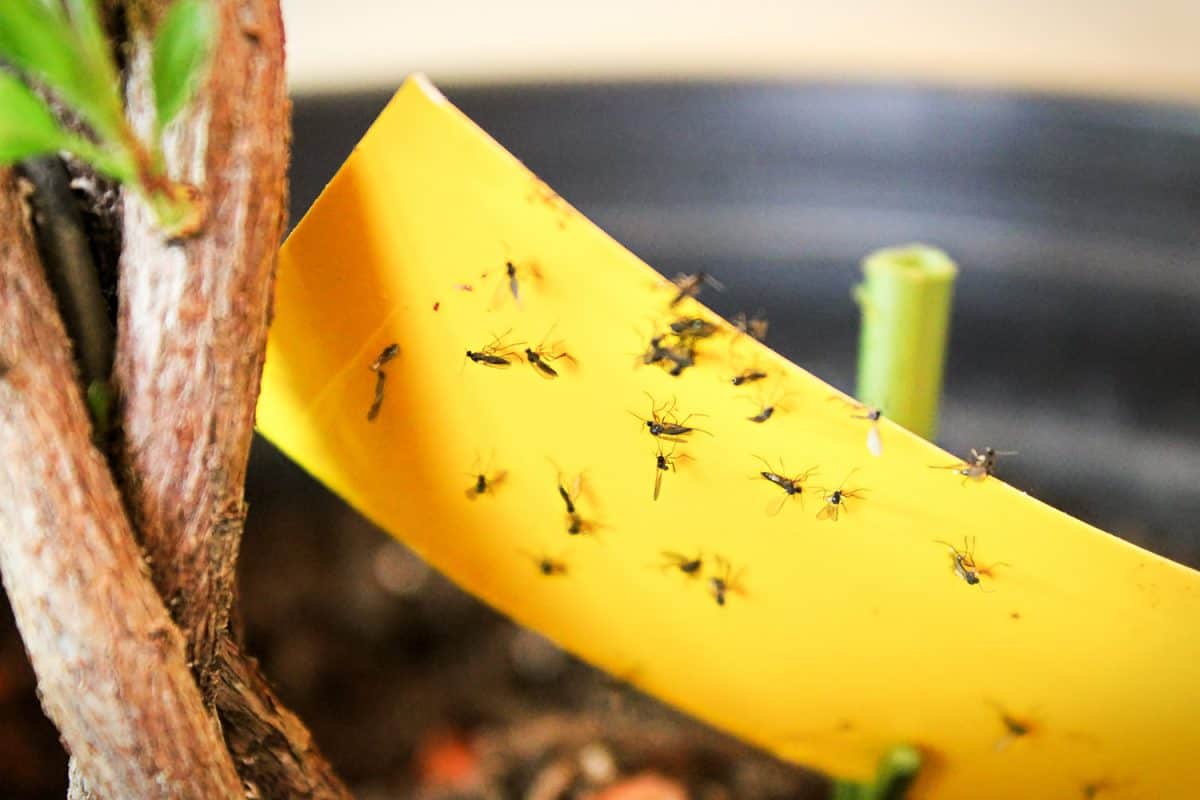
Take note that this isn't a one-size-fits-all kind of solution. It would also need different (and sometimes simultaneous) approaches to finally end the fungus gnat larvae infestation in your soil.
Cultural Solution
The first thing you have to do is stop overwatering your plants. Fungus gnats thrive in damp soil because this is conducive to fungal growth which is their food source (thus their name).
Allow the soil to dry completely in between waterings. Exposing them to sun and air will be helpful. Remove excess water that has accumulated on the plant saucer.
You can also put a dehumidifier to address the moisture issue near your indoor plants or greenhouse garden. When you address the source of excess moisture in your home, you can prevent fungal growth. In effect, you're cutting off the fungus gnats' food supply.
You can use sticky traps to get rid of adult fungus adults. Remember, successful pest control management relies on the treatment of the pests at different stages of their development.
That's why you also need to get rid of adult fungus gnats especially since they're the ones capable of laying hundreds of eggs once again.
Since the eggs and larvae of fungus gnats can be found on the topsoil, you can rake off the first two inches of soil on your potted plants and dispose of the infected soil. Replace it with sand or pumice which will dry quickly or absorb moisture respectively. This will help prevent damp soil on your plants.
If the previous method doesn't work, you can repot the plant. Use fresh soil altogether and discard the old soil properly. Wash the roots thoroughly to remove the eggs and larvae that have stuck on their surfaces. Make sure you clean and disinfect the pot before reusing it to avoid another infestation.
Chemical Solution
For severe cases, you would need to use insecticides that specifically target fungus gnat larvae.
Look for pyrethroid-based pesticides or those containing permethrin, bifenthrin, cyfluthrin, and lambda-cyhalothrin as active ingredients. They act fast and have staying power that keeps on killing larvae in the soil for weeks.

Check out this pyrethroid-based insecticide on Amazon.
Soil drenching is also effective. You can mix one part of 3% hydrogen peroxide with four parts of water and pour the mixture directly on the soil, especially near the root portion.
Make sure the soil is totally soaked. Hydrogen peroxide can kill fungus gnats' eggs and larvae upon contact. You will hear a fizzing sound as it reacts with the components of the soil but it won't harm the plants.
Biological Control
This involves introducing live creatures that feed on fungus gnat eggs and larvae so that they can control their population growth. Nematodes, Bt israelensis, and other beneficial insects will feast on soil-dwelling fungus gnats and help you get rid of them albeit not immediately.
This is more of a preventive measure to avoid another infestation in the future.
There you go! Those are just some of the recommended pest control treatments for fungus gnats found in the soil. Try them out to finally make your indoor plants pest-free!
What are the natural ways to get rid of fungus gnats?
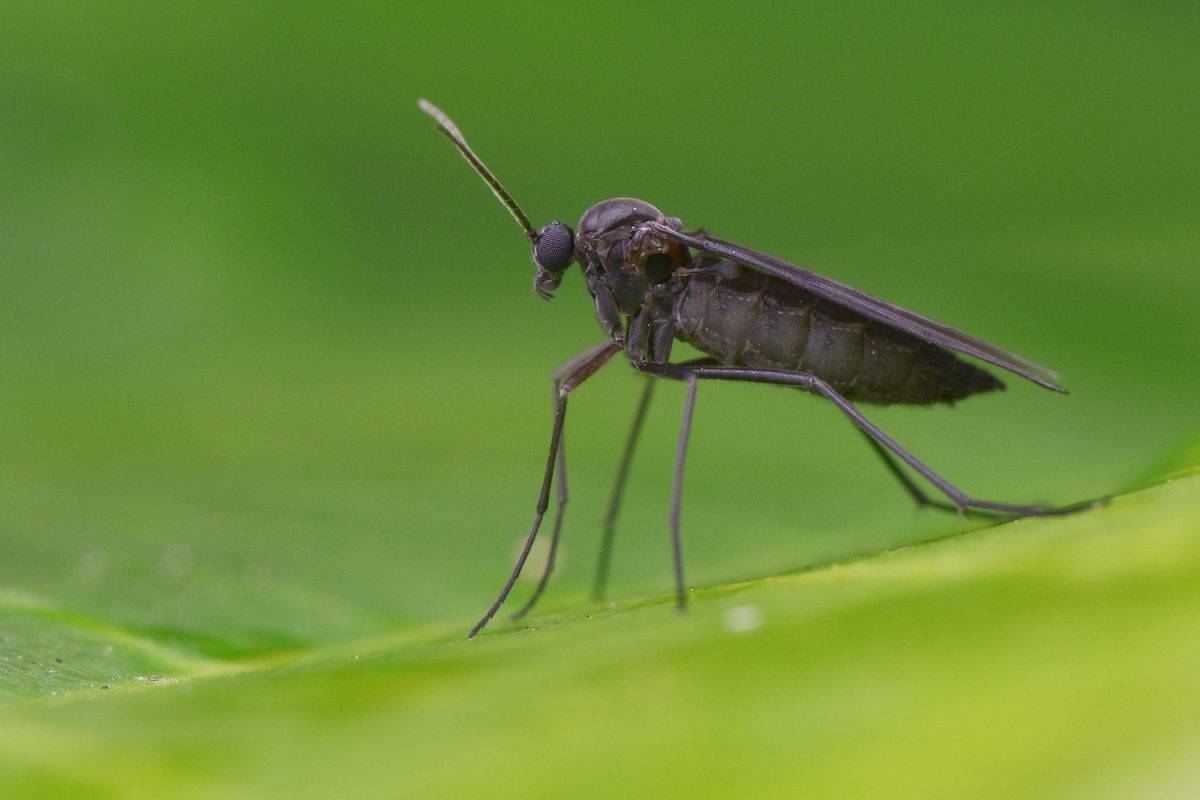
Some gardeners aren't comfortable with the use of pesticides and look for natural ways to rid their plants of fungus gnat larvae infestation.
In this case, here are some home remedies that you can try.
Apple Cider Vinegar
Fungus gnats are drawn to the smell of apple cider vinegar. You can use this as bait to lure them. Here's what you can do.
- Fill a shallow container with this vinegar.
- Add some drops of liquid soap. This is important so that you can kill the fungus gnats.
- Place the container on the soi or near the plant.
- Wait for the fungus gnats to be attracted to your bait and drown.
- Replace as needed.
Cinnamon Powder
This powdered spice is a natural fungicide. This means that it does not directly target fungus gnats. It will kill off fungi that are the food source of these insects. This will make your potted plants undesirable and unliveable for these pests.
Just sprinkle a thick layer of cinnamon powder over the soil of your plants to solve your fungi problems.
Potato Slices
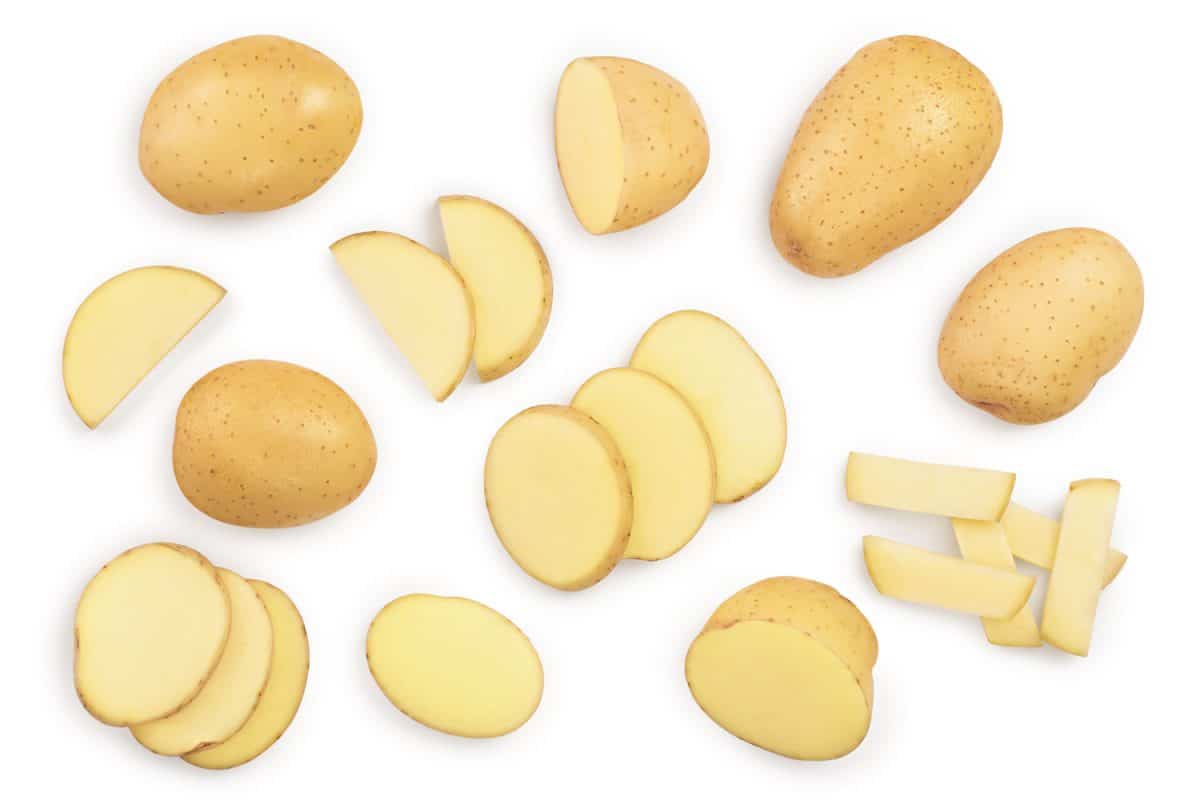
Fungus gnat larvae are also attracted to raw potatoes. Again, you can use these as bait for what you are about to do next.
- Cut the potato into thin slices.
- Place them all over the top of the soil.
- Wait for a few hours.
- Once the fungus gnat larvae have gathered together under the potato slices, you can scoop up the topsoil (together with the potato slices) and discard them properly.
- Repeat as needed.
These are just some of the home remedies that you can try using natural products in your pantry. Note, however, that results may not be as fast as you would want them to be. For this reason, this is recommended for those whose problem with fungus gnats is not yet too severe.
Should I throw away soil with gnats?
When the fungus gnat larvae infestation has reached severe levels and you've tried several remedies but they still wouldn't work, you might have to resort to this.
Repotting and throwing away the soil infected with fungus gnats will help you get rid of the problem effectively. You can start anew with a fresh potting medium and choose a mixture that dries fast so you won't have to deal with moisture problems this time around.
Throw away the old soil properly so that the fungus gnat eggs and larvae that live on it won't find their way to your other plants.
However, if the infestation has affected many plants, you might have to rethink this option if it would be worth all your effort to repot everything.
Sometimes gardeners are forced to make the hard decision of simply throwing everything away including the plants to allow them to restore their indoor plants or greenhouses.
What causes fungus gnat infestation in potting soil?
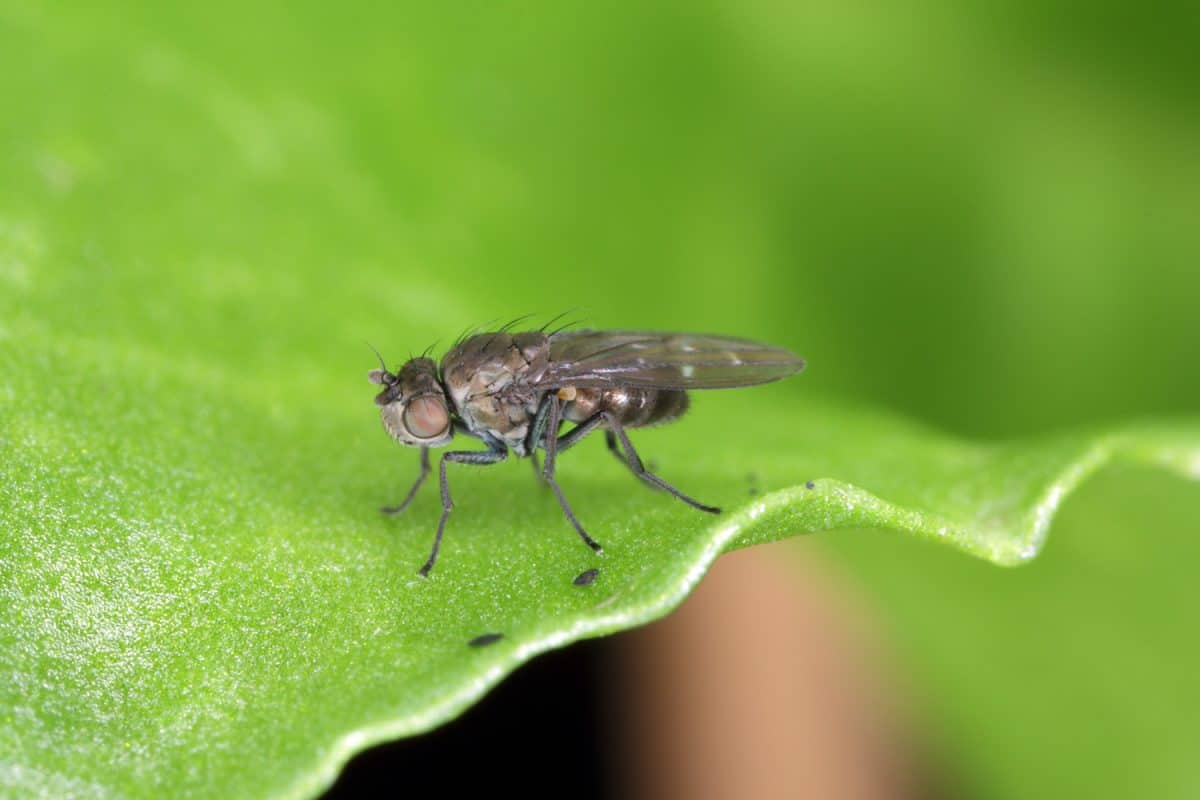
The root cause of fungus gnat infestation in your houseplants is moisture. This happens when you overwater your plants. It is more common among indoor potted plants since the ventilation isn't that good. It usually takes time before the soil dries.
Once the soil remains damp, it becomes a conducive spot for fungal growth. When there are fungi, fungus gnats would be drawn to them because they feed on these organisms.
It's not just the soil but the surrounding environment. If there are moisture issues, you can expect fungal growth. That's why it is best to address the source of the problem first and foremost.
Another cause of fungus gnat infestation is unknowingly bringing a pest-infested plant inside your house and putting it close to your other plants.
Considering how fast these insects multiply, you can have an infestation before you know it.
That's why experts recommend that you quarantine your newly-bought plants for a month before you put them together with your existing houseplants. This will give you the chance to observe the plants and ensure that they are free from any kind of pests before bringing them indoors.
Final Thoughts
Getting rid of fungus gnats in your soil entails that you address the moisture issues at home, find ways to kill the pests either with the use of chemicals or natural products and set up ways to prevent the return of these pests in your garden.
If you want to read more about related topics, feel free to visit the following posts:


